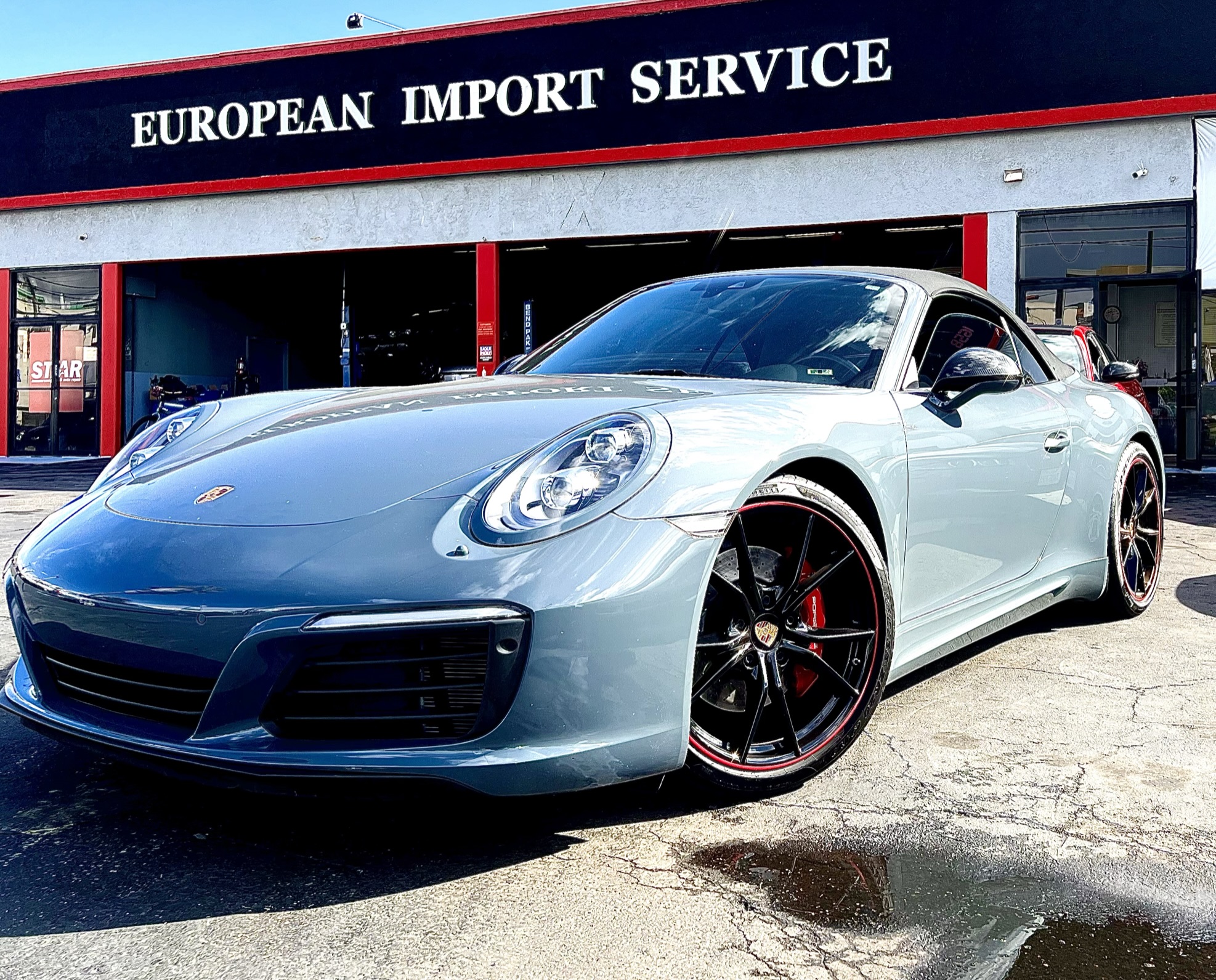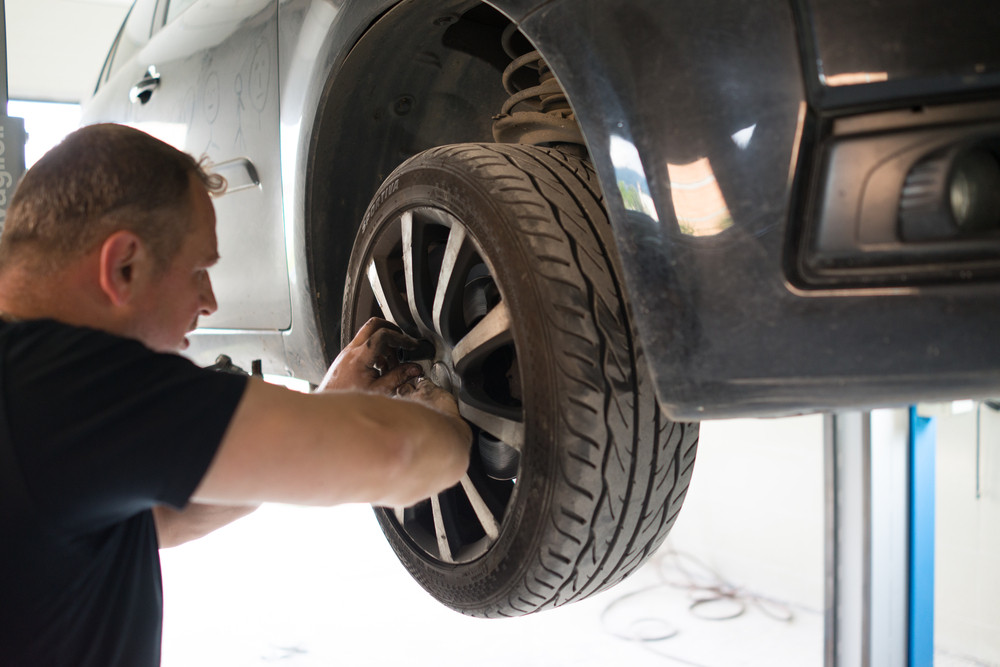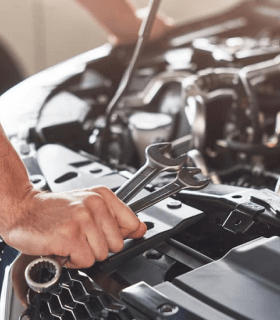Range Rover Coolant Leaks: Causes, Symptoms, and Repair Solutions
Range Rover Coolant Leaks: Causes, Symptoms, and Repair Solutions
- Jimmy Bernhard
- Published On: 9-July-2025

Your Range Rover is engineered to deliver performance, luxury, and reliability. However, just like any high-end vehicle, it requires proper maintenance to stay in peak condition. In fact, one issue Range Rover owners often face is coolant leaks. At first, this may seem minor, but over time, a coolant leak can lead to serious engine problems if left unaddressed. Therefore, in this guide, we’ll explain the common causes of coolant leaks, as well as the symptoms you should watch for, and finally, the best repair solutions.
Why Coolant Is Important for Your Range Rover
Coolant, also known as antifreeze, is essential for regulating engine temperature. As it circulates, it absorbs heat and prevents the engine from overheating. Without sufficient levels, however, the engine can quickly overheat, leading to severe damage that may require costly repairs. Therefore, even a small coolant leak should never be ignored.
Common Causes of Coolant Leaks in Range Rovers
1. Worn or Cracked Radiator
The radiator plays a key role in cooling your engine. However, over time, corrosion, cracks, or external damage can cause leaks. As a result, a failing radiator often leaves visible puddles beneath your vehicle.
2. Faulty Water Pump
The water pump ensures coolant flows throughout the engine. Yet, when the pump wears out or its seals fail, leaks often appear. This issue is especially common in high-mileage Range Rovers.
3. Damaged Hoses or Clamps
Coolant flows through several hoses that connect the radiator, water pump, and engine. If these hoses crack, loosen, or turn brittle, leaks become inevitable. In addition, weak clamps may allow coolant to escape.
4. Blown Head Gasket
A damaged head gasket can let coolant leak internally into the engine. Consequently, you may notice white smoke from the exhaust. If ignored, this issue can cause severe engine damage.
5. Expansion Tank Issues
The coolant expansion tank manages fluid levels as the engine heats and cools. Unfortunately, a cracked or leaking tank may cause coolant loss. Even if the rest of the system works properly, this problem can still occur.
Symptoms of a Coolant Leak in Your Range Rover
Recognizing the warning signs of a coolant leak is crucial because it helps prevent major problems. Therefore, pay close attention and look out for these common symptoms:
Overheating engine – The temperature gauge rises quickly during driving, which often signals a lack of coolant.
Coolant puddles under the vehicle – You may notice bright green, pink, or orange liquid beneath your SUV.
Sweet smell from the engine bay – A distinct odor often appears when coolant escapes onto hot engine parts.
Low coolant warning light – This clear dashboard alert indicates that coolant levels are steadily dropping.
White exhaust smoke – Frequently, this is a sign of coolant leaking into the combustion chamber.
If you notice any of these symptoms, then schedule an inspection immediately. Acting quickly helps you avoid costly damage and keeps your Range Rover performing at its best.
Repair Solutions for Coolant Leaks
The right solution ultimately depends on the cause of the leak. For instance, some of the most common fixes include:
Radiator replacement or repair – This is essential if cracks, corrosion, or other forms of damage are present.
Water pump replacement – By replacing a worn pump, you restore proper coolant circulation and prevent overheating.
Hose and clamp replacement – This serves as a cost-effective repair, especially for smaller or more localized leaks.
Head gasket repair – Although complex, this repair is necessary to address severe internal leaks effectively.
Expansion tank replacement – When cracks or faulty seals are the issue, replacing the tank resolves the leak.
Because coolant leaks typically worsen over time, scheduling a professional inspection and repair is highly recommended. In fact, a certified Range Rover specialist can quickly identify the cause and restore your vehicle’s performance with precision.
"A stitch in time saves nine applies to your car as well. Regular maintenance is the best way to avoid costly repairs down the road."
Henry Ford, American automobile pioneer
Conclusion
Coolant leaks in your Range Rover are more than a minor inconvenience—in fact, they can lead to severe engine damage if ignored. Fortunately, by recognizing the symptoms early and then addressing the root cause, you’ll save yourself from costly repairs while also keeping your luxury SUV running at its best. Moreover, regular maintenance and, most importantly, timely inspections are the best defense against coolant problems.
FAQs
1. What causes coolant leaks in Range Rovers most often?
In most cases, coolant leaks occur due to radiator damage, worn hoses, or failing water pumps. Additionally, issues with clamps or the expansion tank may also contribute.
2. Can I drive my Range Rover with a coolant leak?
It’s risky to continue driving. Without enough coolant, the engine may quickly overheat, which can then lead to severe and costly damage.
3. How much does it cost to repair a coolant leak?
Repair costs vary depending on the source of the leak. For instance, simple hose replacements are usually more affordable. However, major repairs such as fixing a blown head gasket can become significantly more expensive.
4. How do I know if my coolant is leaking internally?
Several signs may indicate internal leaks. For example, you might notice white smoke from the exhaust, milky oil, or even a sweet smell inside the cabin.
5. How can I prevent coolant leaks in my Range Rover?
Prevention requires consistent care. Regularly check fluid levels, replace aging hoses before they fail, and schedule routine inspections to catch problems early.




